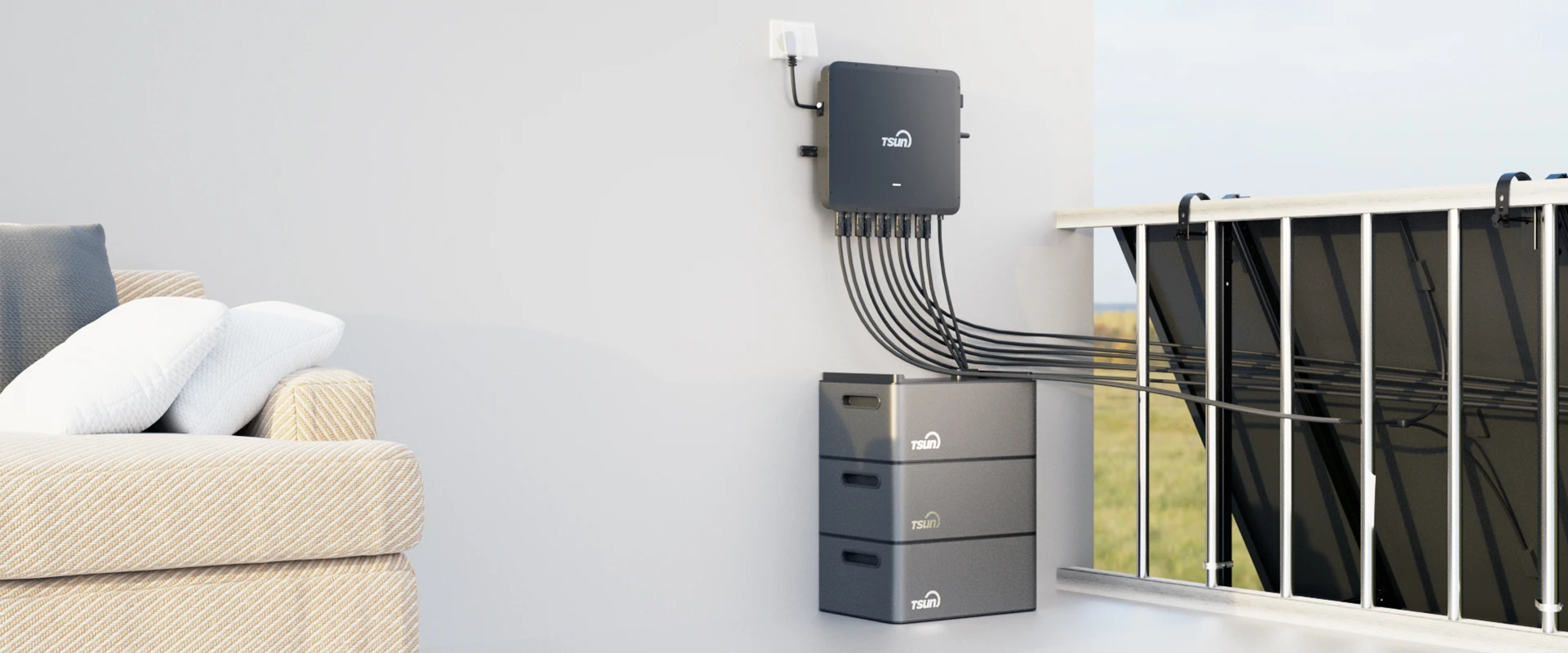- Understanding Home Battery Power Storage Fundamentals
- The Quantitative Impact of Residential Energy Storage
- Technical Innovations Driving Lithium-Ion Home Batteries
- Manufacturer Comparison Table for Storage Solutions
- Custom Energy Storage Configurations for Different Home Types
- Real-World Applications: Case Studies in Off-Grid Efficiency
- Optimizing Renewable Utilization with Home Power Storage Systems

(home battery power storage)
Understanding Home Battery Power Storage Fundamentals
Modern home battery power storage
represents a paradigm shift in residential energy management. These systems capture surplus electricity – typically from solar panels during peak production – then release it during high-demand periods or grid outages. Lithium-ion technology now dominates the market due to superior energy density and longevity compared to lead-acid alternatives. Home battery installations integrate with existing electrical infrastructure through specialized inverters that manage power flow between solar arrays, battery units, and household circuits. Advanced battery management systems (BMS) continuously monitor cell voltage, temperature, and state of charge to optimize performance and prevent damage, achieving round-trip efficiency rates between 90-95% in current-generation units.
The Quantitative Impact of Residential Energy Storage
Residential energy storage adoption has surged by 150% since 2020 according to DOE reports, with over 800,000 U.S. households now utilizing home solar power battery storage. Financially impactful, homeowners achieve average utility savings of $1,200 annually through peak shaving and increased self-consumption of solar power. During regional blackouts, these systems provide critical backup power for essential circuits - a valuable benefit considering weather-related outages have increased 67% since 2011. Industry projections indicate the global market for lithium ion battery for home power storage will reach $27 billion by 2027, supported by manufacturing costs that have declined 89% since 2010. Crucially, residential storage contributes significantly to grid stability by aggregating distributed storage capacity equivalent to 30 GW nationwide.
Technical Innovations Driving Lithium-Ion Home Batteries
Contemporary lithium iron phosphate (LFP) chemistry represents the current performance standard in home battery power storage, offering enhanced safety and 15-year lifespans while maintaining 80% original capacity. New cell architecture enables rapid 100A charging capability, allowing full recharge within two hours of optimal solar generation. Thermal regulation advancements include dual-phase cooling systems that maintain operating temperatures within ±2°C of ideal through advanced liquid cooling technology. Integration capabilities have progressed beyond basic solar pairing; modern systems actively communicate with utility demand response programs and electric vehicle chargers through protocols like IEEE 2030.5. NMC (nickel manganese cobalt) variants deliver superior volumetric energy density at 680Wh/L, enabling compact installations requiring only 15 square feet of wall space per 20kWh unit.
Manufacturer Comparison Table for Storage Solutions
| Manufacturer |
Chemistry |
Usable Capacity |
Continuous Power |
Round-Trip Efficiency |
Operating Temp |
Stackable Units |
| Tesla Powerwall 3 |
LFP |
13.5 kWh |
11.5 kW (peak) |
96% |
-4°F to 122°F |
10 units |
| LG RESU Prime |
NMC |
16.0 kWh |
5.0 kW |
94% |
14°F to 104°F |
6 units |
| Enphase IQ 10 |
LFP |
10.5 kWh |
3.84 kW |
92% |
-40°F to 122°F |
4 units |
| Generac PWRcell |
LFP/NMC Hybrid |
18.0 kWh |
12.0 kW |
93% |
-4°F to 113°F |
9 units |
Custom Energy Storage Configurations for Different Home Types
Home battery installations require tailored engineering approaches based on multiple variables. Urban residences typically implement modular 5-10kWh wall-mounted units maximizing space efficiency, often integrating battery storage within garage installations occupying under 10 square feet. Suburban homes with larger rooftops frequently install 15-30kWh floor-standing systems coupled with 10kW solar arrays, achieving 70-85% energy autonomy. Off-grid rural properties utilize expanded configurations combining 40+kWh battery banks with backup generators, incorporating specialized Schneider Electric or Victron Energy inverters capable of managing multiple power sources. Historical homes present unique challenges; solutions often involve detached garage installations with discrete underground conduit routing to preserve architectural integrity while delivering essential circuit coverage during outages.
Real-World Applications: Case Studies in Off-Grid Efficiency
Colorado mountain residence: This 3,200 sq ft home implemented dual Powerwalls (27kWh) paired with 18kW solar, achieving complete grid independence despite temperatures reaching -22°F. The system maintained critical HVAC and refrigeration operation during seven-day utility outage following blizzard conditions. Coastal California installation: Tesla Powerwalls protected Mediterranean villa from wildfire-related PSPS outages by powering well pumps and security systems while leveraging time-based control to avoid $0.59/kWh peak rates. New England retrofit century home: Discrete FranklinWH installation preserved historical character while delivering 24 hours backup power to heating system. Commercial-grade implementation: Minnesota farm compound configured eight LG RESU units managing dairy operation refrigeration with automated load shedding preserving 96 hours runtime without generator assistance.
Optimizing Renewable Utilization with Home Power Storage Systems
Modern home battery power storage transcends backup functionality by actively maximizing renewable utilization through predictive algorithms. Self-learning software in systems like SolarEdge Energy Hub analyzes consumption patterns, weather forecasts, and utility rate structures to optimize charge-discharge cycling - increasing solar self-consumption to 80-90% versus 30-40% without storage. Grid-interactive equipment meeting UL 9540 standards allows participation in lucrative virtual power plant (VPP) programs, with programs in California and Vermont paying homeowners $1,000 annually for permitted grid access to 20% of stored capacity during peak events. Ongoing developments suggest third-generation installations will incorporate vehicle-to-home (V2H) functionality to leverage EV batteries as supplemental power reserves during extended outages, potentially doubling available backup capacity without additional investment.

(home battery power storage)
FAQS on home battery power storage
Q: What are the primary benefits of home battery power storage systems?
A: Home battery power storage provides backup electricity during outages, reduces grid dependence, and optimizes solar energy usage by storing surplus solar generation for nighttime consumption.
Q: How does a home solar power battery storage system enhance energy efficiency?
A: By coupling solar panels with battery storage, homeowners maximize self-consumption of renewable energy and minimize wasted solar production. This setup lowers electricity bills and reduces grid reliance while supporting sustainable energy use.
Q: Why choose lithium-ion battery for home power storage over other types?
A: Lithium-ion batteries offer higher energy density, longer lifespan (typically 10-15 years), and faster charging capabilities compared to lead-acid alternatives. They require minimal maintenance and provide reliable performance for daily solar storage cycles.
Q: Can home battery power storage function during grid blackouts?
A: Yes, most modern home battery systems automatically switch to backup power within milliseconds during outages. This keeps critical appliances running, especially when paired with solar panels for continuous off-grid operation.
Q: What factors affect the cost of installing a home solar power battery storage system?
A: Key cost drivers include battery capacity (kWh), brand technology, solar panel integration complexity, and installation labor. Government incentives and long-term energy savings can significantly offset the initial investment for most households.
 LEARN DETAILS
LEARN DETAILS











 LEARN DETAILS
LEARN DETAILS
 LEARN DETAILS
LEARN DETAILS
 LEARN DETAILS
LEARN DETAILS
 LEARN DETAILS
LEARN DETAILS
 LEARN DETAILS
LEARN DETAILS













 Downloads
Downloads Video Center
Video Center Report Fault for Repair
Report Fault for Repair FAQS
FAQS Service Network
Service Network Privacy Policy
Privacy Policy Contact us
Contact us Monitoring
Monitoring




 LEARN MORE
LEARN MORE








